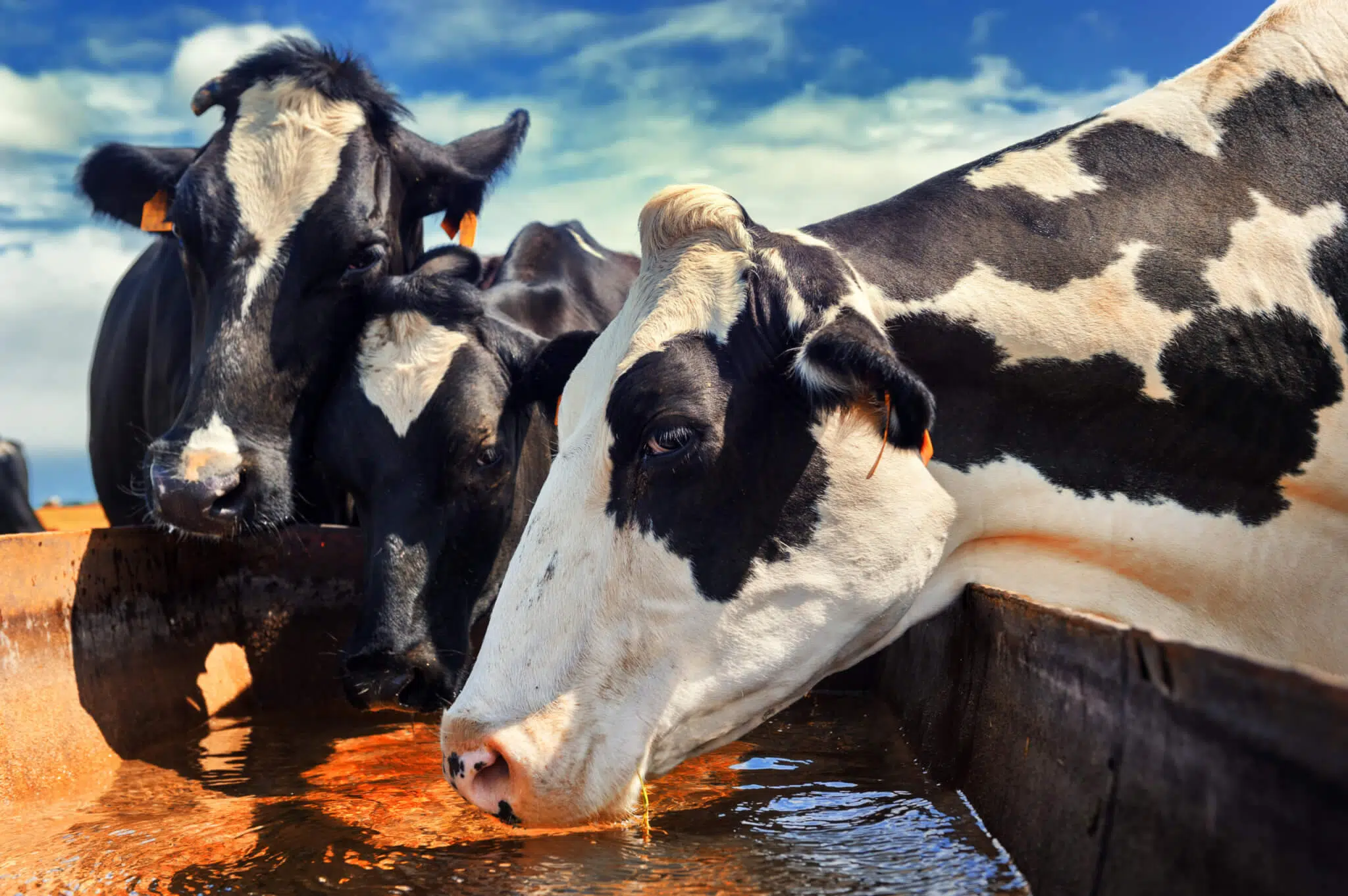What’s the WHY? What is the impact of water quality on performance?
We all know the importance of water in animal health and well-being. Water intake problems may limit milk production, growth, and profitability. But do you know how to take a water sample correctly to test for water quality?
Signs of inadequate water intake may include firm, constipated manure, low urine output, a considerable drop in milk yield, drinking urine, high packed cell volume or haematocrit in blood, in conjunction with increased health problems. Signs of inferior water quality may include reproductive failure, increased off-feed and erratic eating patterns, poor growth in young stock, and increased incidents of scours in calves.
How to take a water sample
- Ensure to sample from the water source that the animal’s drink.
- Use sterile, plastic bottles supplied by the testing laboratory. Alternatively, keep a full, store-bought, 2 ℓ bottle of water on hand. Just before collection, empty the water out and proceed.
- Collect samples from the stream running into the watering trough, not directly from the pool of water. Dirty water tanks are a management issue, not a water source issue.
- Collect water samples from more than one pen, barn, or water trough, in more than one location, as well as from the borehole.
- Let the water run for several minutes before beginning to collect the sample. For samples taken from rivers and dams, wade out into the clear water and invert your bottle below the water’s surface until the bubbles stop rising.
- Wrap the water sample bottles in tinfoil for preservation and label according to where they were sampled from.
- Select a reputable water testing laboratory.
- Return water samples to the lab within 24 hours of collection. If testing for biologicals, ensure that the samples are dropped off before Wednesday as it takes two days to incubate for Escherichia coli and most labs do not work over weekends.
- Test water twice a year in late summer and winter.
What can we do about it?
Water analysis is part of good water management, not a replacement for it. Limitations in clean, fresh, and high-quality water can limit production faster than a deficiency in any other nutrient. Send your water analysis results to your Chemuniqué adviser for a detailed breakdown of possible interactions and solutions. Water treatments and diet adjustments can be made where necessary.

Contact Alex Jenkins on 076 994 2905 or alex@chemunique.co.za for further enquiries.
Intern: Ruminant










